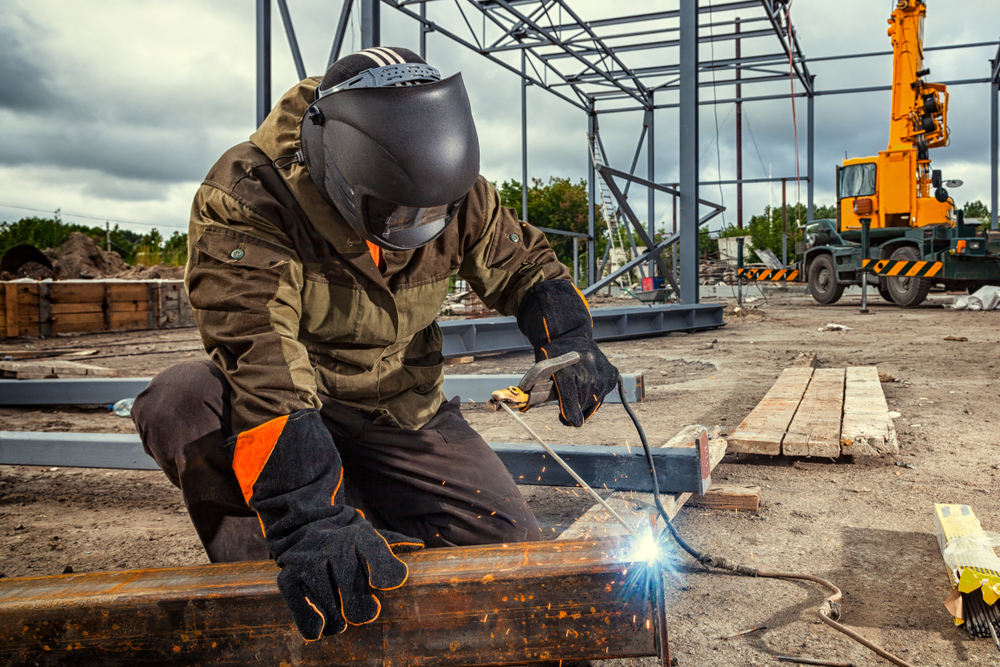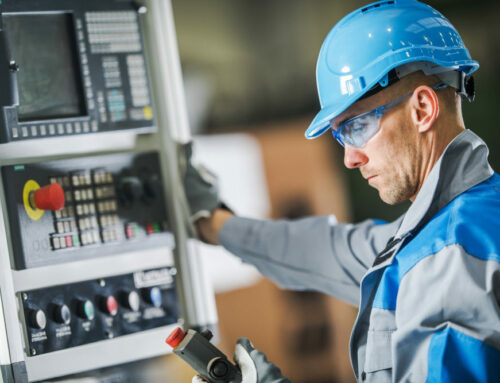When we do physical work, our bodies start to heat up, and that’s especially true if you work in a hot environment. Think about it this way: work produces heat, and heat produces sweat. Many people think regulating your body’s temperature is simple, but it’s more complicated than that, especially when you are wearing PPE. Heat stress is very serious, that’s why we’re giving you tips on how to properly hydrate and manage PPE while working in hot environments.
For many jobs, certain things like multiple layers of non-woven clothing, gloves, hard hats, hearing protection, and eye protection are not optional, regardless of how hot their work environment is. That is why safety professionals need to determine how much additional heat they should expect from their clothing and PPE.
Heat stress should not be taken lightly. It is a common problem with safety professionals, and it is dangerous. If it is not taken seriously, it can result in:
- Heat Rashes
- Dehydration
- Heat Exhaustion
- Heat Cramps
- Heat Syncope
- Heat Stroke
To combat heat stress, safety professionals should implement heat stress hygiene practice such as:
- Fluid Replacement
- Self-Evaluation
- Diet, Lifestyle and Health Status
- Acclimation
- Risk Evaluation
All of these are important, but you should especially focus on fluid replacement and hydration because we can lose a lot of water by sweating. Did you know a person can lose up to six quarts of water in just one day? That’s about 13 pounds of fluid!
How to Properly Hydrate
- Start your day by drinking a pint of water per hour, so you’re fully hydrated by the time you get to work.
- Drink water as frequently as possible – Don’t wait until you’re thirsty.
- Check your urine color – If it’s on the dark side, you need more water!
- Don’t skip meals – This will help your body stay hydrated throughout the day.
PPE for Hot Work Environments
- If possible, wear light-colored clothing because dark-colored clothing absorbs heat faster.
- Wear fabrics and gloves that absorb sweat.
- If you wear a hard hat, keeping your hair short will help you stay nice and cool. If your hair is long, make sure to keep it in a ponytail!
- Wearing cooling headbands, neckbands, and cool suits are PPE that can help you beat the heat!


















